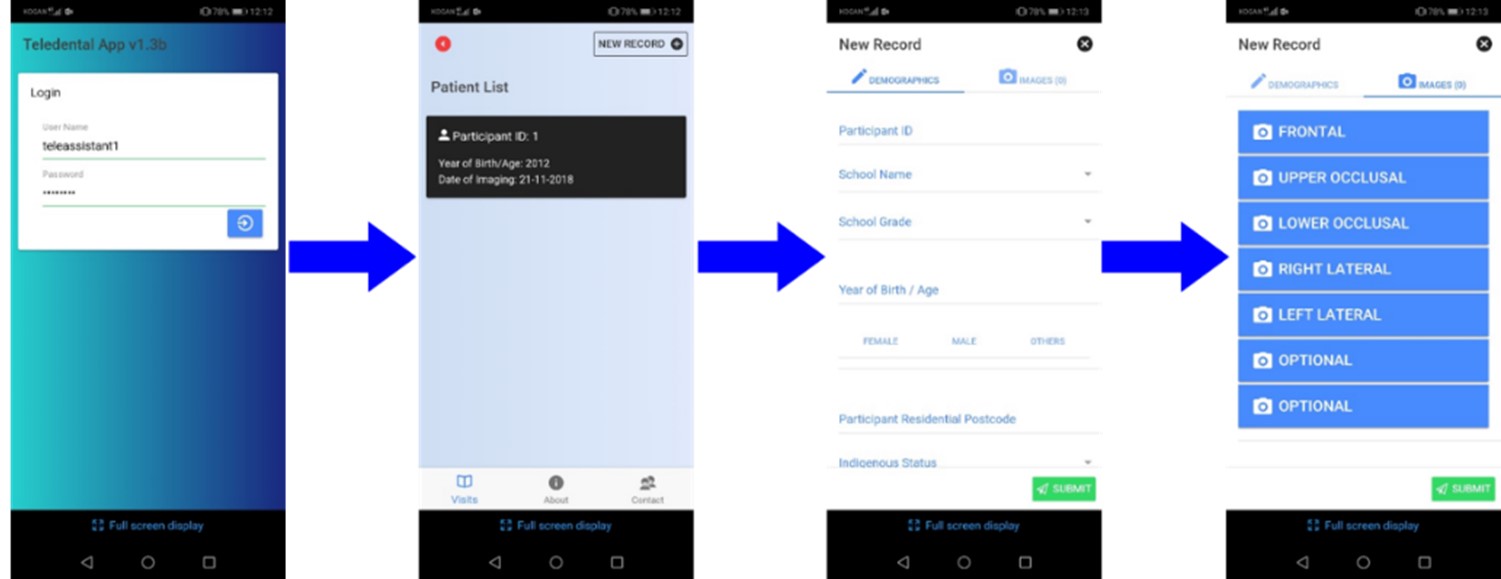Teledentistry to improve dental health in school children
Mobile app and web-based platform designed to collect and assess dental images from children’s mouths in their schools.
The challenge
Although tooth decay (dental caries) is preventable, it is still the most common childhood condition. The economic burdens associated with poor oral health are immense.
Geographic and socioeconomic barriers, as well as lack of access to dental care services, are common reasons for poor oral health in children. If dental caries are left untreated they can negatively affect the dental and general health of school children.
School dental screening identifies children with poor dental health and offers a valuable strategy for providing specific care to children at high need. Traditionally, the most popular method of dental screening is via a visiting dentist. However, this takes time, budget and human resources.
There is a need for an alternative dental care pathway in schools.
Our response
The popularity of smartphones means they can be used as point-of-care devices to improve the delivery of patient-centred care.
We developed an image acquisition mobile app and web-based data management platform to provide a foundation of equitable dental care for school children.
Using a user-friendly mobile app, trained school staff can collect dental images and information from children in their schools for evaluation by a remote dental expert.
Dental experts can access the database from anywhere to review dental images and form recommendations that can be communicated with the school and parents.

The interface of the image acquisition mobile app.
Benefits
This approach is a paradigm shift in the current school dental service. Trained non-dental personnel, embracing a user-friendly mobile app, can work on the frontline to identify high-risk children.
Frontline clinicians can collect oral health data from screen-positive children using their mobile devices. They can then store-and-forward the records to a dental expert, to confirm the diagnosis or request further investigation.
This way, children who screen positive have a quick pathway to treatment, while those who are caries-free can receive preventive care, alleviating parents’ anxiety and initiating earlier dental treatment.
This strategy could help direct specific dental care towards children who need it most, reducing health inequalities.
The app is still in its trial phase but findings so far inform policymakers about the viability of integrating telehealth into the existing dental service by presenting evidence for its efficacy and net economic benefits.
The Australian e-Health Research Centre (AEHRC) is CSIRO's digital health research program and a joint venture between CSIRO and the Queensland Government. The AEHRC works with state and federal health agencies, clinical research groups and health businesses around Australia.

